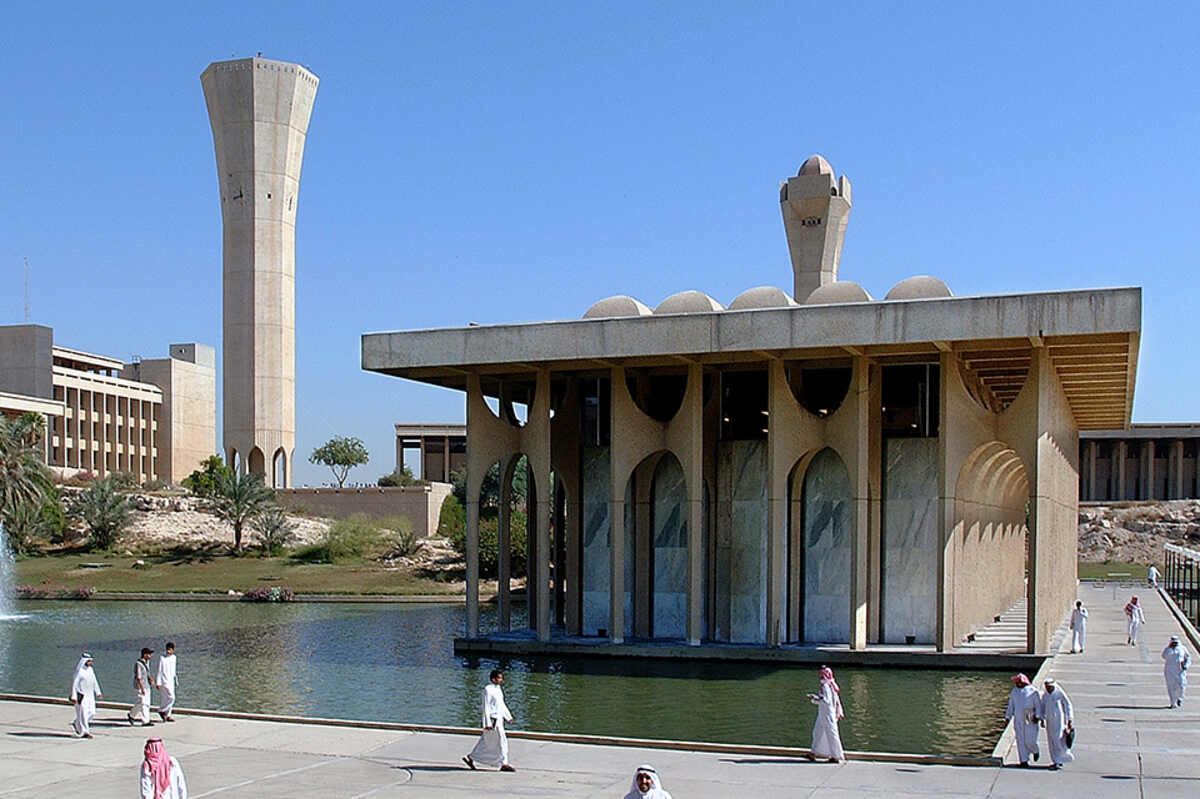The Gulf Cooperation Council (GCC) is witnessing a significant rise in global university rankings as regional institutions strengthen their academic standing. According to the latest Quacquarelli Symonds (QS) World University Rankings 2025, universities in Saudi Arabia, the UAE, Qatar, Bahrain and Oman have climbed notably, reflecting strategic investments in education and research.
University rankings strongly influence student selection of higher education institutions. Indices like QS World University Rankings serve as global benchmarks for policymakers and government officials, supporting decisions on resource allocation, educational policies and programs, and funding.
Saudi Arabia inches closer to breaking into the top 100 universities globally
A new Arthur D. Little (ADL) Viewpoint, ‘Enhancing University Rankings to Support Human Capital Development,’ analyzes the factors behind the transformation of higher education, revealing how GCC nations can leverage education reforms, research funding and international collaborations to advance their university rankings.
The viewpoint outlines 4 key pillars that impact university rankings: Teaching quality, research effect, international outlook, and industry engagement. GCC countries have made significant progress in the past few years to enhance the rankings of their universities globally, in line with their respective national strategies.
Saudi Arabia is on the verge of breaking into the global top 100 universities, with King Fahd University of Petroleum & Minerals (KFUPM) surging 79 places to 101st globally. This progress aligns with Vision 2030, which targets placing at least two Saudi universities among the world’s top 100.
Saudi Arabia is also strengthening faculty recruitment, research expansion and industry-academic partnerships through programs such as the Human Capital Development Program, positioning its institutions as global knowledge centers. With sustained investment and reform, the Kingdom is well-positioned to secure its first top 100 ranking in the near future.
“This year’s rankings confirm what we have long anticipated—GCC universities are rapidly gaining global recognition as a result of sustained investment in education, research and international partnerships. The region’s focus on developing world-class institutions is not just about improving rankings but about building a knowledge-driven economy that can compete on a global scale,” stated Yigit Saf, Principal at Arthur D. Little Middle.

Qatar University jumps 51 places to 122nd globally
Qatar is also making one of the most significant leaps in global rankings, with Hamad Bin Khalifa University jumping 127 places to 183rd globally, marking one of the highest gains in the region. This surge aligns with Qatar’s National Vision 2030, which emphasizes research-driven academic excellence and strategic international collaborations.
Qatar University also saw a notable rise, moving up 51 places to 122nd globally, reinforcing the country’s investment in faculty development and interdisciplinary research. With sustained efforts in research funding and innovation, Qatar is positioning itself as a hub for academic excellence and industry-driven knowledge creation.
UAE universities strengthen global standing
The UAE, Bahrain and Oman continue to see steady progress. Khalifa University rose 28 places to 202nd globally, and United Arab Emirates University advanced 29 places to 261st globally, reflecting the UAE’s research investments.
In Bahrain, Applied Science University climbed 43 places to 539th globally, and Oman’s Sultan Qaboos University surged 92 places to 362nd globally, driven by national education reforms.
“To sustain this momentum, higher education institutes must understand their key gaps and strengths across the 4 strategic pillars, and design tailored strategies to enhance the quality of education in their countries and bridge the gaps between higher education and labour market needs. Investing in world-class faculty and fostering interdisciplinary innovation will be critical in ensuring that GCC universities not only climb the rankings but also become globally recognized knowledge hubs,” said Amr Kazimi, Senior Manager at Arthur D. Little Middle East.
Read: Azizi Developments contributes $816.7 million to Fathers’ Endowment campaign
Global success stories
Looking at global success stories, Spain’s IE University (IEU) provides a strong example, having increased its global standing by creating an internationally diverse student and faculty body, supported by government-backed scholarships and simplified visa processes.
In the realm of industry collaboration, Purdue University’s partnership with Rolls-Royce led to a restructured engineering curriculum that directly addressed employer needs, resulting in stronger industry-academic ties. Similarly, the National University of Singapore (NUS) established the Centre for Future-ready Graduates (CFG), which aligns students with career pathways through employer collaborations, internship programs, and direct industry engagement.
Research-driven universities also demonstrate the value of interdisciplinary collaboration and global impact. MIT’s research strategy has positioned it as a leader in research, emphasizing the role of high-impact publications and technology-driven innovation hubs. By adopting similar approaches and integrating industry-backed research initiatives, GCC universities can continue to advance in global rankings while strengthening their role as drivers of regional innovation.








